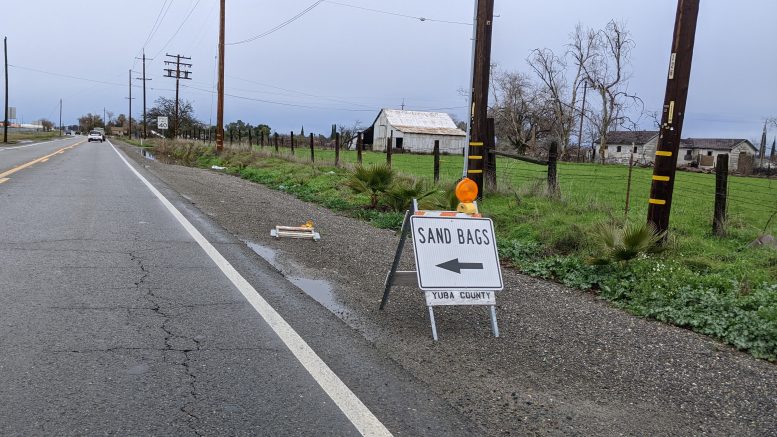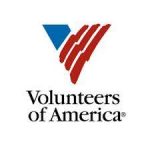The chance of catastrophic flooding in Yuba County is much lower these days due to efforts by Yuba Water Agency, local levee districts and the state and federal governments to shore up levees at the Yuba, Bear and Feather rivers.
But while the county enjoys a 200-year level of protection—in other words, a 1-in-200 chance of catastrophic flooding—floods are still possible. That is because of the many uncontrolled waterways that still run off into the area’s river system, says Oscar Marin, Yuba County’s emergency operations manager.
“We’ve been fortunate enough that in the last two years we’ve had some serious atmospheric river conditions, and the river system operated how it was built to do,” Marin says.
Nonetheless, it is important that county residents know ahead of time what to do and where to go if a major flood occurs.
“First, people should always pay attention to the weather. Know your surroundings and know your local area river systems,” he says.
One way to stay informed is to visit BePreparedYuba.org for current information on river levels, where to access sandbags, and where to shelter—although the website encourages residents to, when possible, stay with family or friends on higher ground or at hotels to ensure enough shelter space exists for those with nowhere else to stay.
On BePreparedYuba.org, people can also subscribe to Code Red to receive flood alerts via text messaging, phone or email, and they can also download the ZoneHaven app to monitor which roads are safe to travel during the flood.
In addition, the Yuba County Sheriff’s Office sounds a hi-lo siren to notify residents of any impending hazards like flooding, Marin says.
“But once you get the evacuation order or the evacuation warning goes through…heed the warning. We don’t give warnings out for nothing. The warning is to protect life.”
Oscar Marin, Yuba County’s emergency operations manager
Besides monitoring the weather and road conditions, having sandbags on hand can help limit water damage to homes and businesses.
“But once you get the evacuation order or the evacuation warning goes through, that’s not a good time to go get sandbags,” he says.
Marin says that in fact, ignoring evacuation orders puts people in danger and first responders at greater risk when rescuing people from floodwaters.
“We can’t force anyone out of the house,” he says, “but it makes our job a lot easier for people to heed the warning. We don’t give warnings out for nothing. The warning is there to protect life.”
So, when the evacuation orders go out, it is time to grab necessary items to take with you, he says.
“Put yourself in the mind frame of, ‘What would happen if I had to leave my home for three days? What would I need with me to make sure that I can sustain myself and my family during that time away from home?’”
That should include packing important personal documents and items that would be hard to replace, such as driver’s licenses, social security cards, insurance documents and deeds, as well as any medications
“Medications are a big one. If your pharmacy is in a restricted area or an evacuation area, you won’t be able get your medication. So having your medications up to date is important.
“Also have batteries on hand or a backup plan for operating any medical devices that normally run on electricity,” he says.
Being prepared for a possible evacuation means also thinking about food, medications and arrangements for your pets and large animals.
.Finally, lock all doors and shut all windows before exiting the home or building. And when leaving, drive only on the roads law enforcement has identified as safe, and avoid wading through floodwaters as they often contain roadway oils and other contaminants.
“Never drive through a flooded roadway,” he says. “We say, ‘Don’t drown. Just turn around.’ It’s much safer. All it takes is three inches of water to pretty much start lifting the car without connecting to the road.”
After the floodwaters recede, if the home sustained damage, file a claim with your flood insurance provider, whether it is through the Federal Emergency Management Agency (FEMA) National Flood Insurance Program or through a private insurance company. Renters, on the other hand, may need to file claims through their renter’s insurance. Otherwise, those without flood insurance will have to pay out of pocket.
In the end, preparation is the best way to be ready for a flood or any other natural disaster, Marin says.
“Taking that step ahead of an emergency helps you cope with the emergency that’s going on at a given time.”
For more information on Yuba Water Agency’s flood and disaster preparedness programs and projects, visit https://www.yubawater.org/.


























